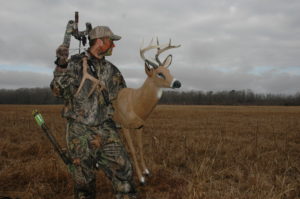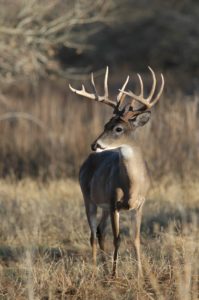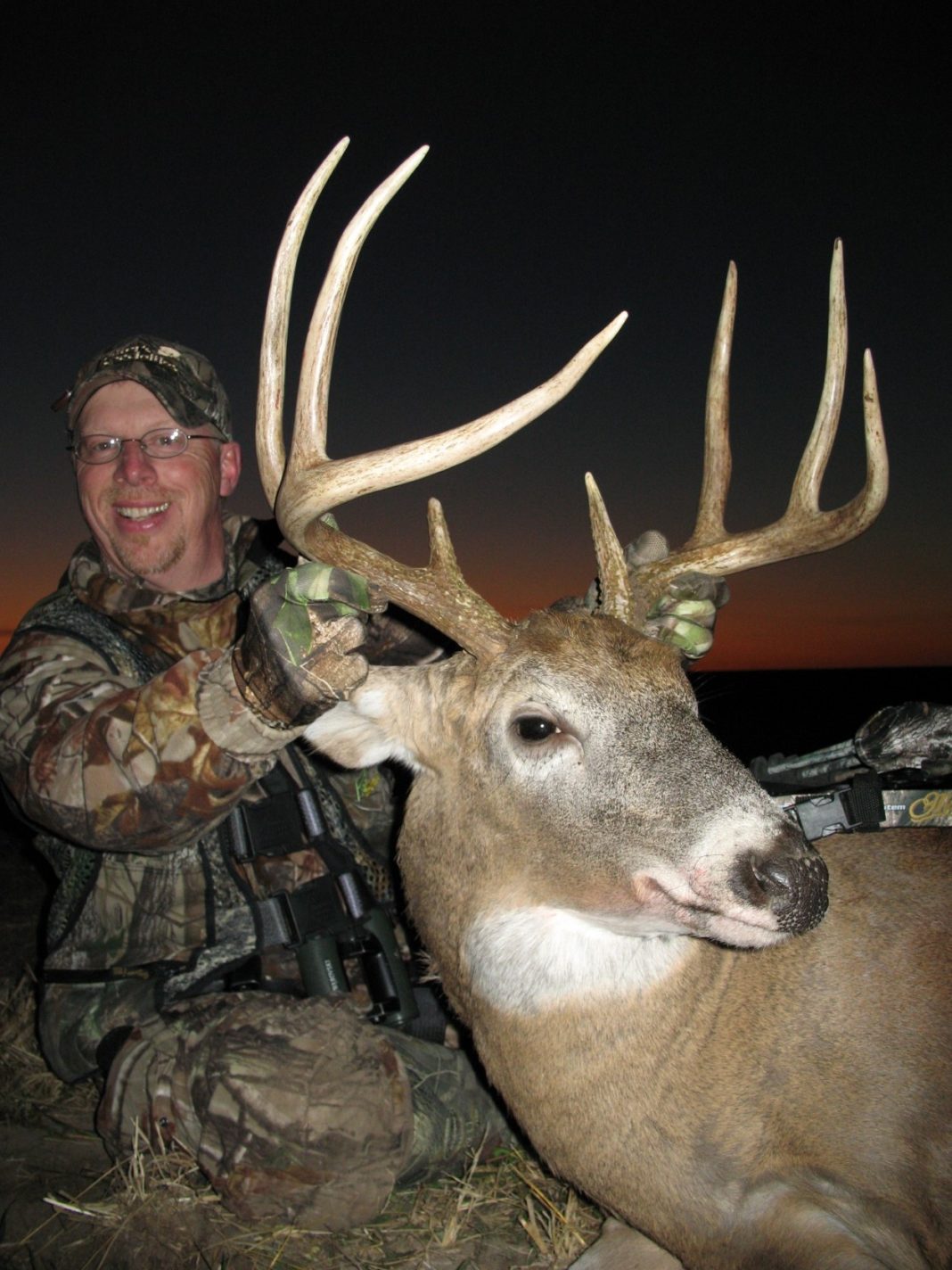Decoys are standard issue for most waterfowl and turkey hunts. The sense of sight is powerful for joining like groups or fighting potential rivals. Even the savviest wild turkey gobbler will attack an intruding tom regardless of cover or circumstance. This quest for dominance often leads to their demise. The same is true for whitetail bucks approaching or during the rut. Using a deer decoy can help you kill larger deer with greater regularity once you learn the ropes.

Phillip Vanderpool, shown above, is one of the nation’s leading deer hunters and frequently uses decoys to bag trophy deer. Here are a few of his tactics that are easy to follow and can work for you.
Buck or Doe Decoy?
A doe decoy may seem like the logical gender since bucks are searching for receptive females, yet that’s not your best choice. A doe decoy may attract a buck, but it often spooks other does and the last thing you want is a wary doe alarm-snorting or giving a stiff-legged stomp.
A small-to-medium rack buck is best for two reasons. First, does want nothing to do with subdominant bucks even if they are ready to breed. If they see one, they go elsewhere without the intense scrutiny they give a doe decoy. Secondly, dominant bucks, the ones you want, will challenge a buck and come directly toward it.
Stage for the Shot
Locating the decoy can greatly affect success. Whether you hunt from a ground blind or tree stand, place the decoy at a known distance so that you can quickly estimate range. Anticipate that a buck will circle downwind and approach the decoy from behind.

The actual approach can vary. Sometimes a buck will rush in and perhaps knock down its perceived rival. More than likely, it will approach cautiously using its nose to evaluate its combatant.
As you handle the decoy, it’s very important that you wear latex gloves and not impart human scent onto the model. Hunters often use estrous doe scent or doe urine on the decoy for added realism.
Grunt and Rattle
Luring deer into range with a call or crashing antlers often fails because the incoming buck doesn’t see another deer. A decoy will solve this problem and can bring the rutting beast quickly to your location.
Because the decoy has the buck’s full attention, you are less likely to get busted drawing or raising your bow. Realize that the approaching buck is anticipating a fight and may act impulsively. Be ready for the first good opportunity and mouth-grunt the buck to stop it. It’s also best to aim for the heart in case the buck “ducks” at the sound of release.



















![The Best Deer Camp Chili [VIDEO] Deer Chili Ingredients, Tomatoes, Chili Spices](/wp-content/uploads/2015/10/Deer-Chili-Deer-Camp-Recipe-218x150.jpg)
![How to Call Elk Early in the Season [VIDEO]](/wp-content/uploads/2016/08/byers003-218x150.jpg)




![Idiots Disturb Hunter: How Would You Have Handled It? [VIDEO]](/wp-content/uploads/2015/10/DSC00110-e1474487693878-100x70.jpg)
![Albino Buck Shocked to Shed His Antlers [VIDEO]](/wp-content/uploads/2015/10/AlbinoDeer-100x70.jpg)